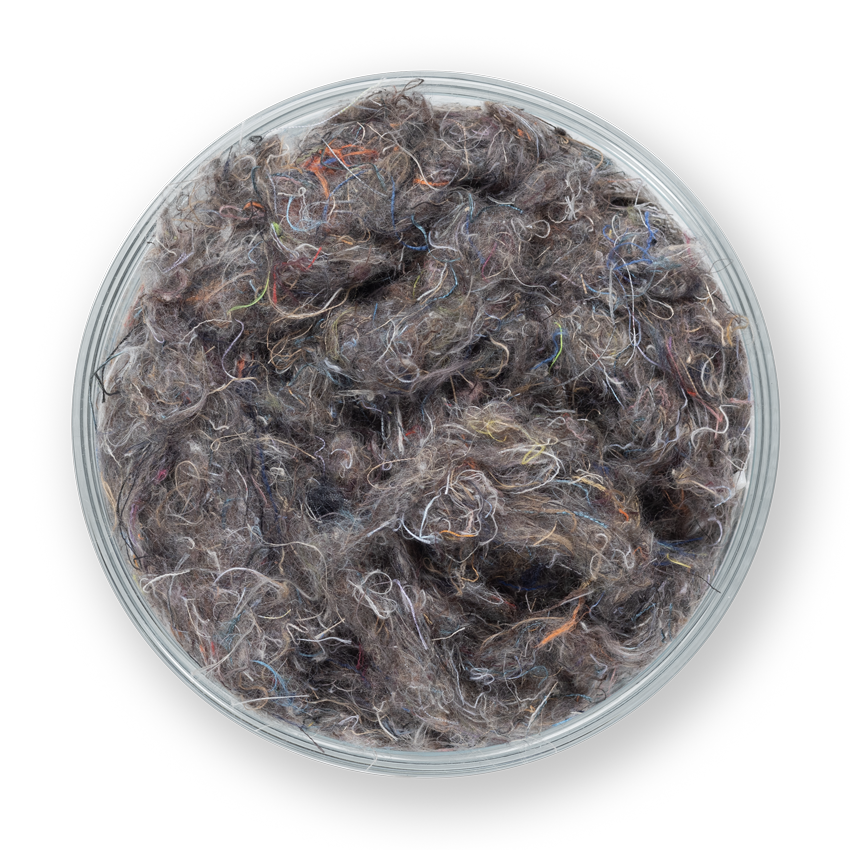Neue Ideen für eine verschwenderische Industrie
in die Ewigkeit
KREISLAUFWIRTSCHAFT
DOWNCYCLING
VERBRENNUNG
MÜLLDEPONIE


Embracing circular economy




















Gewicht eines Hajo Mini Rucksacks Lotus Infinity
930 g
Gesamtgewicht des Produkts ohne Verpackung
Recycelte Textilabfälle zur Herstellung eines Produkts
740 g
Anteil des recycelten Materials am Produkt
75,0%
Anteil der recycelten Textilabfälle an allen Textilkomponenten
95,5%
Monomaterialquote des Produkts
78,2%
Was ist Faser-zu-Füllstoff Recycling?
Was bedeutet ‘from landfill to filler’?
Was heißt das für eure Produkte?
Wie kann man Müll als Füllstoffe für Taschen und Rucksäcke verwenden?
Was ist Faser-zu-Faser Recycling?
Was ist chemisches Recycling?
Welches Potential hat chemisches Recycling?
Mehr Information
Scaling textile recycling in Europe–turning waste into value, McKinsey, 2022
Was sind die Limitierungen für das chemische Recycling?
Wie viel Energie wird für den chemischen Recyclingprozess benötigt?
Wie viel des chemischen Recyclings steckt wirklich in euren Garnen?
Woher kommen die Textilabfälle?
Verwendet ihr die Textilabfälle aus eurer eigenen Produktion?
Warum verwertet ihr nicht übrig gebliebene Produkte und macht daraus neue?
Kann ich mein altes Produkt zurückgeben, damit es recycelt werden kann?